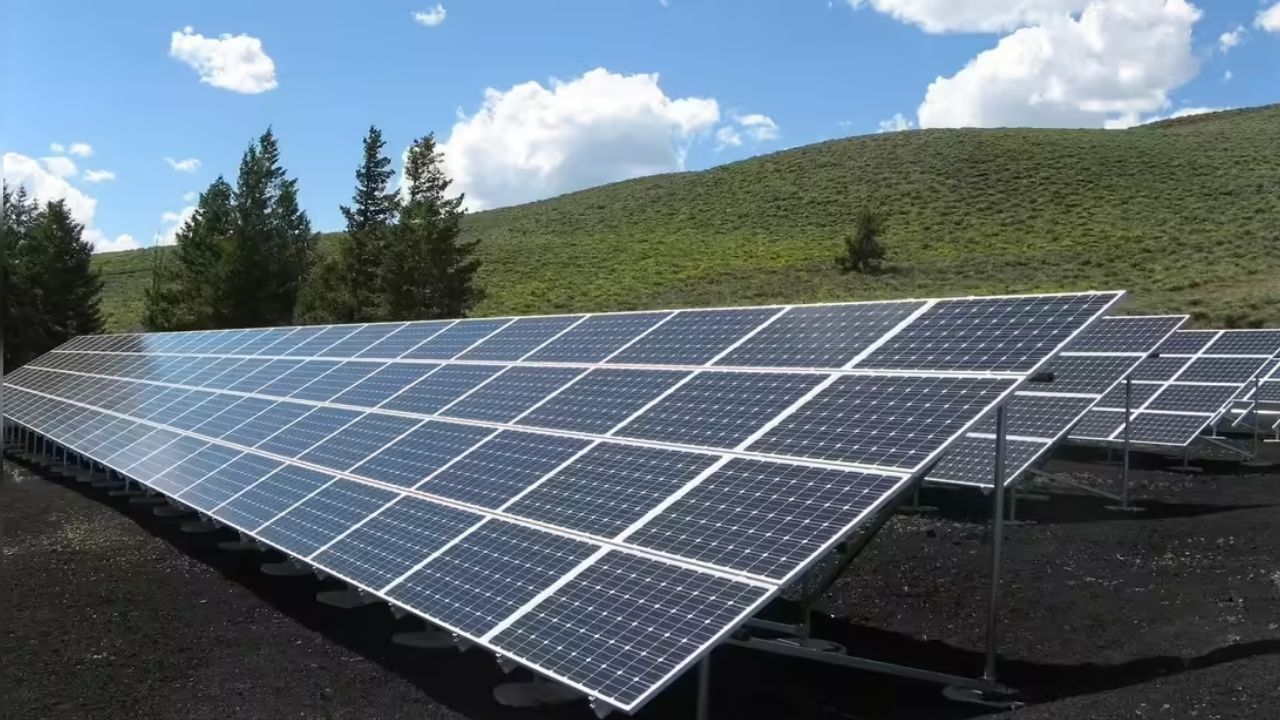The country has acquired 50.08 percent of its total established power generation capacity from 30 June 2025 from non-Givash fuel sources.
India has achieved a historical achievement in the field of environment. The country has acquired 50.08 percent of its total established power generation capacity from 30 June 2025 from non-givash fuel sources. India had promised to achieve this target by 2030 in its national level contribution (NDCs) under the Paris Agreement, but it has been completed five years ago. This is India’s commitment to green energy and a big step towards self -sufficient India.
484.82 GWing capacity, half with green energy
According to data from the Ministry of New and Renewable Energy, India’s total established power capacity is now 484.82 GW. Out of this, 242.78 gigawatts come from non-givash fuel sources. This includes renewable energy (184.62 gigawatts), large hydro projects (49.38 gW), and nuclear power (8.78 GW). At the same time, the share of fossil -based thermal power is 242.04 GW. That is, now half the power of the country is being made with clean energy.
In a world seeking climate solutions, India is showing the way.
Achieving 50% Non-Fossil Fuel Capacity Five Years Ahead of the 2030 target is a proud moment for every Indian.
Hon’ble PM Shri @narendramodi Jis Leadership Continues to Drive Bharats Green Transformation – Paving pic.twitter.com/ydzwerwqnc
– Pralhad Joshi (@joshipralhad) July 14, 2025
Green revolution led by PM Modi
Expressing happiness over this achievement, Union New and Renewable Energy Minister Pralhad Joshi wrote on the social media platform x, “When the world is looking for a climate solution, India is showing the way. It is a matter of pride for every Indian to achieve 50 percent non-Givash fuel capacity five years before the target of 2030. PM Narendra Modi is leading India to a green and self-sufficient future.”
He said in another post, “India has made a historic leap in the Green region! Five years before the target of 2030, 50 percent non-Givash fuel has been achieved. In the visionary leadership of PM Narendra Modi, India has fulfilled a big promise to deal with climate change. A total of 484.8 GHwat power capacity is not coming with 242.8 gigawatt. There is a big step towards clean India. “
Amazing of government schemes
The Ministry has given credit for this achievement to various schemes of the Central Government. PM-Kusum Yojana, PM Surya Ghar: Free Power Scheme, Solar Park Schemes, National Wind-Solor Hybrid Policy, and rising investment in bio’s have played an important role in achieving this goal. In particular, the Prime Minister’s Farmers Energy Safety and upliftment Mahabhiyan (PM-Kusum) has promoted solar pumps and agrolytics. Apart from this, solar energy has reached about one crore houses under the Roftop Solar Scheme.
Electricity details
- Thermal Power: 242.04 GW (49.92%)
- Renewable Energy: 184.62 GW (38.08%)
- Big Hydro Projects: 49.38 GW (10.19%)
- Nuclear Power: 8.78 GW (1.81%)
Let me tell you that this achievement is not just a figure, but is a symbol of India’s serious attitude towards the environment. By 2047, the dream of making India completely self -sufficient and environmentally friendly seems closer. Innovations and investment in the fields of solar, wind, hydro, and nuclear energy are making India an example globally.
